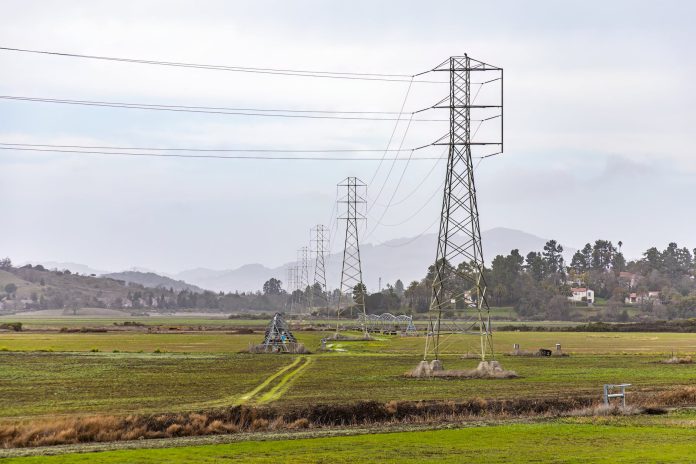AI in Agriculture: Transformative Tech Trends in Farming is an article that explores the use of artificial intelligence (AI) in the agricultural industry. The article discusses how AI is revolutionizing farming practices, increasing efficiency, and improving crop yields. By utilizing advanced technologies and data analysis, AI is transforming the way farmers approach agriculture. This article aims to provide readers with a comprehensive understanding of the various aspects and benefits of AI in agriculture.
Enhanced Crop Monitoring and Management
AI in agriculture enables enhanced crop monitoring and management through the use of advanced sensors, drones, and satellite imagery. These technologies collect data on soil moisture, temperature, and nutrient levels, allowing farmers to make data-driven decisions. By analyzing this data, AI algorithms can provide insights on optimizing irrigation schedules, fertilization, and pest control. This precise crop management leads to improved yields and reduced resource wastage.
Precision Agriculture and Automation
The integration of AI in agriculture has led to the development of precision agriculture techniques. Through the use of AI-powered robots and machinery, farmers can automate various tasks such as planting, ing, and harvesting. AI algorithms analyze data from sensors and cameras to identify and target specific plants or s, reducing the need for manual labor. This automation not only saves time and labor costs but also improves accuracy and reduces the use of herbicides and pesticides.
Early Disease Detection
AI in agriculture plays a crucial role in early disease detection in crops. By analyzing data from various sources such as satellite imagery, weather patterns, and plant health sensors, AI algorithms can identify signs of diseases or infections before they become visible to the naked eye. Early detection allows farmers to take immediate action, preventing the spread of diseases and minimizing crop losses. This proactive approach improves overall crop health and reduces the need for excessive pesticide use.
Optimized Resource Allocation
AI in agriculture helps optimize resource allocation by analyzing data on weather patterns, soil conditions, and crop requirements. By considering these factors, AI algorithms can suggest the optimal amount and timing of irrigation, fertilizers, and other resources. This ensures that resources are used efficiently, minimizing waste and reducing environmental impact. By maximizing resource allocation, AI contributes to sustainable farming practices and cost savings for farmers.
Market Predictions and Supply Chain Optimization
AI in agriculture also aids in market predictions and supply chain optimization. By analyzing historical data, market trends, and consumer preferences, AI algorithms can provide insights on crop demand and pricing. This information helps farmers make informed decisions on crop selection and production volumes, reducing the risk of over or underproduction. Additionally, AI can optimize supply chain logistics by predicting transportation routes and scheduling, ensuring timely delivery of produce and minimizing wastage.
Conclusion
AI in Agriculture: Transformative Tech Trends in Farming highlights the significant impact of AI on the agricultural industry. From enhanced crop monitoring and precision agriculture to early disease detection and optimized resource allocation, AI offers numerous benefits to farmers. Additionally, AI aids in market predictions and supply chain optimization, further improving the efficiency and profitability of the agricultural sector. As technology continues to advance, the integration of AI in agriculture will undoubtedly play a vital role in meeting the growing global food demand while promoting sustainable farming practices.


